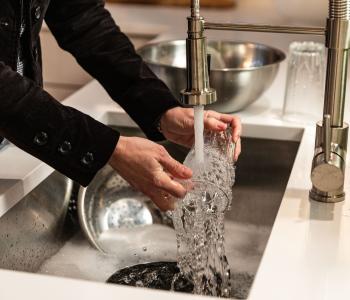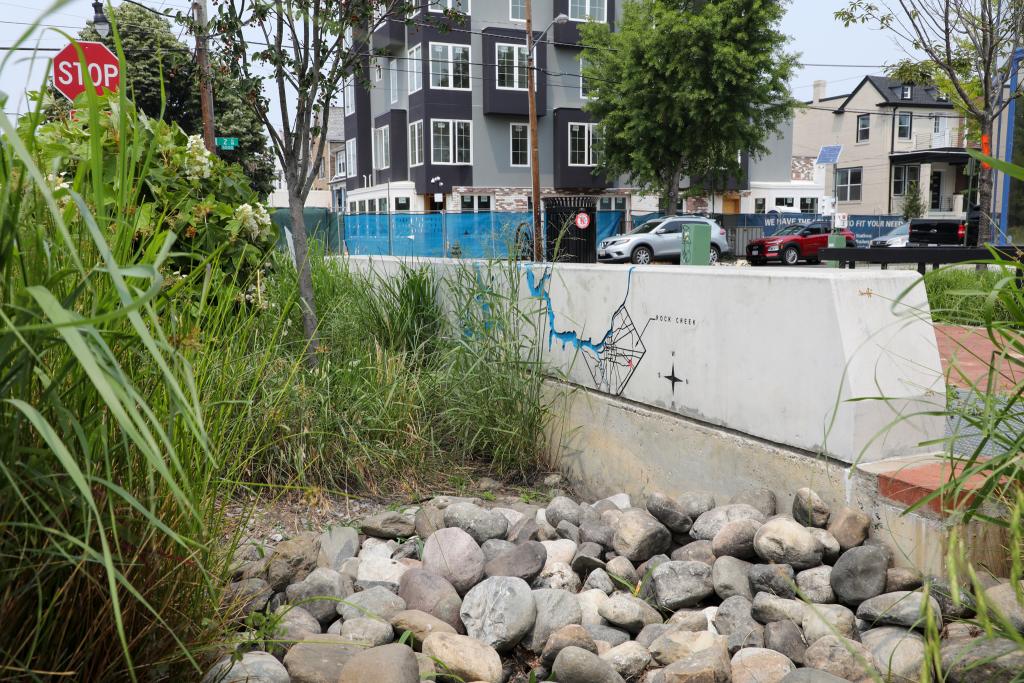Response to May 21 Washington Post story
Fridays Washington Post report, Congressional report prompts fear and anger over lead in D.C. water could easily lead our customers to draw improper conclusions about the safety of our tap water today.
DC WASA has provided a clear message to our customers about years of progress in reducing lead in District households to very low levels. Lead in water is not only a concern of District residents and health advocates, but is a primary concern and priority for DC WASA. We all share the common goal of reducing this potential risk to public health. And we are committed to restoring public confidence in a water supply that is in fact reliable and safe.
DC WASA has highlighted its robust efforts in addressing lead in water. Current water chemistry practices are effective in reducing lead release in water. The next step in eliminating this known risk is strengthening the relationship between DC WASA and District residents, which we are working on every day. Our recent record of alerting our customers of even potential threats to the drinking water (such as the recent chlorine spike incident at Fort Reno) and taking every available protective step out of an abundance of caution exemplifies this commitment. Improving public safety, public trust and transparency has been a hallmark of my seven months as General Manager.
Our relationship with customers is undermined by media reports that sensationalize or mislead. To that end, we have three significant problems with todays report.
First, the House subcommittee investigation deals with events that took place in 2001-04. Little is written about DC WASAs aggressive, and well-documented and successful efforts to reduce lead levels in the ensuing years.
Second, the story alleges that DC WASA distributed tainted water. Rather, as the Post has reported extensively, a change in the water chemistry earlier in the decade caused the release of lead from service lines and fixtures in numerous District buildings.
Third, the story would leave the impression that DC WASA just yesterday was developing and responding to the risk of lead in water in response to the story about the CDC.
True, Board Chairman William Walker set up a conference call to make sure directors and staff were briefed and prepared to respond to inquiries we knew would come. But for years, the DC WASA website and call center have offered the testing and recommendations on lead in water that are noted in the article. These were not put in place as a result of yesterdays article or investigation. Yesterday we fielded 9 calls on the topic from our customers (of the typically 800 or so that come in on a daily basis). We are certainly ready to receive any additional calls or emails that come in, today and in the future.
The bottom line is that the record should reflect that DC WASA is committed to a safe drinking water supply and is aggressively adopting the protective steps necessary to reach and maintain this goal. We consider lead in water a risk to our customers and believe that the best level of lead is no lead in the system. Monitoring demonstrates that lead in the Districts drinking water has been below federal levels for years. We are nonetheless working with our customers to reduce the levels even more.
For information on lead, customers can visit our website or call Customer Service at (202) 354-3600 or the Emergency Call Center (202) 612-3400 (24-hour).






